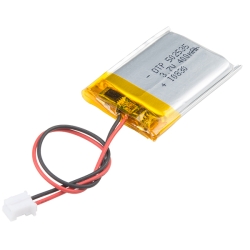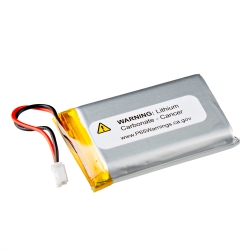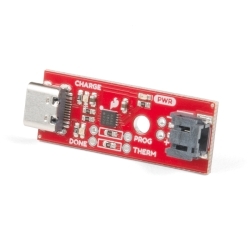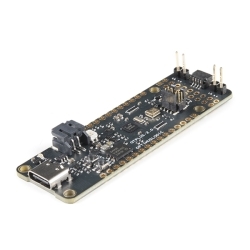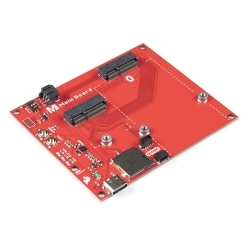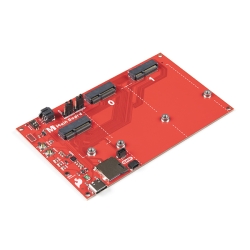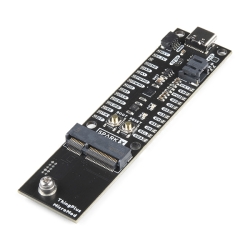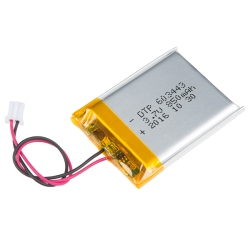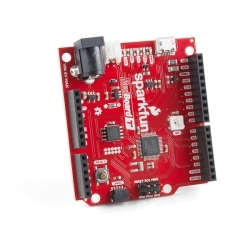Lithium Ion Battery - 400mAh
Tiny, high energy density, and lightweight 3.7V 400mAh Li-Ion battery with JST-PH connector.
Product Overview
This is a very small, extremely lightweight battery based on Lithium Ion chemistry, with the highest energy density currently in production. Each cell outputs a nominal 3.7V at 400mAh! Comes terminated with a standard 2-pin JST-PH connector with 2mm spacing between pins. These batteries require special charging; do not attempt to charge these with anything but a specialized Lithium Polymer charger.
The battery includes built-in protection against over voltage, over current, and minimum voltage. Please use caution when using this battery in wearable projects. When using conductive thread, a short in the thread can create sparks and heat. We recommend using coin cell batteries.
Note: This battery is not available to ship to Alaska or Hawaii, or through any express services (2-day, overnight), or internationally. This is temporary! Check out our blog post for more information. Additionally orders may take longer to process and therefore do not qualify for same-day shipping. Sorry for any inconvenience this may cause!
Note: This item is non-returnable. If this item arrives damaged or is not functioning properly, please do not hesitate to contact us to see if further actions may be taken.
Features & Specs
- Rated Capacity: 400mAh
- Nominal Voltage 3.70V
- Max Charge Current: 1C (400mA)
- Normal Charge Current: 0.2C (80mA)
- 1.06" x 1.48" x 0.2" (26.5mm x 36.9mm x 5mm)
Customer Reviews
